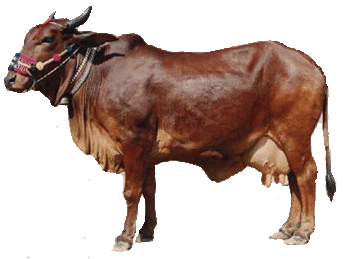

2013 Jolliffe and Cadima 2016 Lopes et al. Once identified, groups of animals with desirable traits can be selected for animal breeding programs in order to enhance productivity and fertility (Karacaören and Kadarmideen 2008 Buzanskas et al. Multivariate techniques, such as cluster and principal component analyses, could be used to find the loadings or factors that explain the highest variation in the data set over dependent variables, providing a tool to build relationships that allow the clustering of animals by similar productive traits and correlations between different characteristics evaluated. In conclusion, the multivariate procedures were effective in generating the correlations among the functional traits, showing that CI is correlated with RE and all these functional traits are related with total milk yield. Total milk yield (TMY) showed 71.92% of the total variation, and age at first calving (AFC) contributed with 23.06% of the variation, being the two most important traits for the variability of the data set. Four hundred and twenty-nine females were clustered in one group, representing 76.60% of the genotypes. By cluster analysis, twelve different groups were generated from the pool of Sindhi herds analyzed, with a great homogeneity among females for the traits evaluated and only few females generating separate groups. Clustering analysis was performed based on Tocher method, and results showed physiological relationships among functional traits. It was found that for all functional traits, first 3 principal components explained more than 90% of the total variation. Principal component analysis with correlation matrix was used to find the relationship among AFC, CI, RE, TMY, and LP. For this goal, performance data provided by the Brazilian Association of Zebu Breeders related to 560 Red Sindhi dairy cattle from 28 different herds in Brazil, born in the period from 1987 to 2011, were used. are the tropical adaptations of Red Sindhi with higher milk production.The objective of this study was to investigate the relationship among functional traits (age at first calving (AFC), calving interval (CI), reproductive efficiency (RE), total milk yield (TMY), and lactation period (LP)) in Red Sindhi breed through multivariate techniques. Tolerance of heat, tick resistance, resistance to disease, fertility at higher temperatures, etc. They are also crossbred with dairy breeds of European origin, to mix their tropical adaptations. The average height of a Red Sindhi cow is 116 cm and a bodyweight of 340 kg. Note: Under good management conditions, the Red Sindhi gives over 1700 kg of milk after feeding their calves but under optimum conditions, there have been milk yields of over 3400 kg per lactation. They produce about 10 to 15 liters of milk a day. Hariana is an Indian Cow breed native to North India, especially in the state of Haryana. It is a good draught breed though the milk yield of the cows is low.ģ.


Malvi is a breed of zebu cattle from the Malwa plateau in Western Madhya Pradesh. It has been used for the improvement of other breeds including the Red Sindhi and the Sahiwal.Ģ. In India, Gir is one of the principal Zebu breeds originating.


 0 kommentar(er)
0 kommentar(er)
